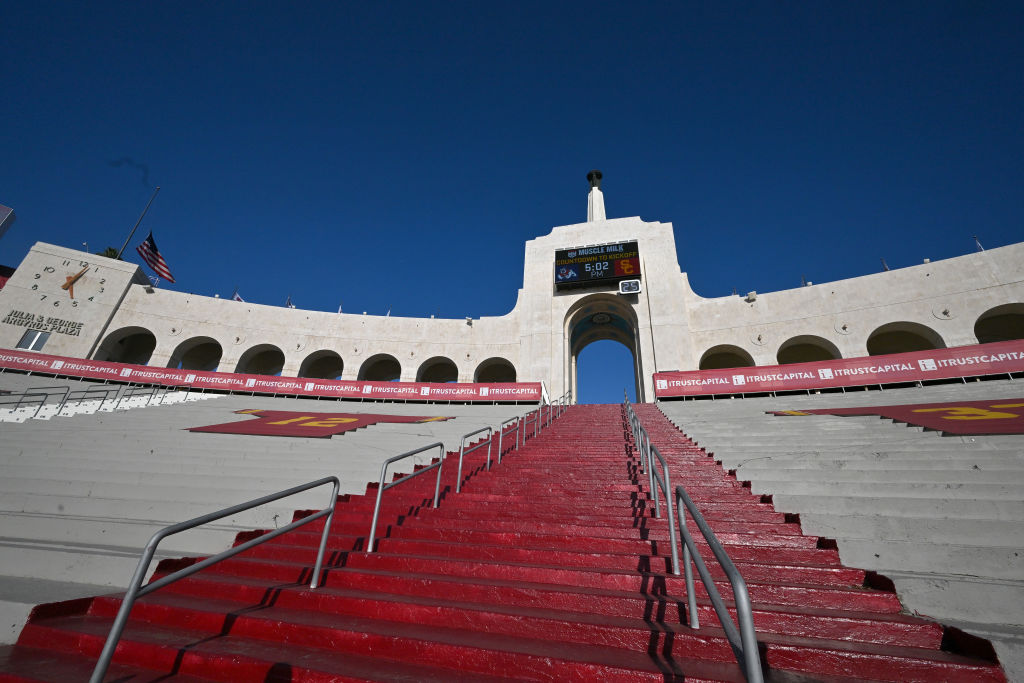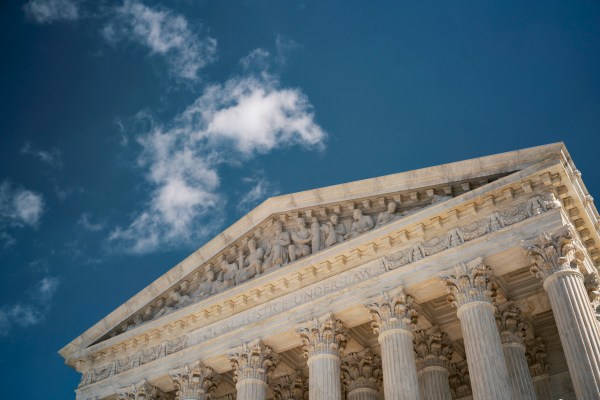With three weeks and a day before the end of the 2022 midterms, Republicans should be feeling good. Polls have generally been moving their way for the past month and Democrats’ September momentum, overstated from the start, has vanished.
But will it stay that way?
A month ago, Democrats enjoyed a significant 2.4-point advantage in an average of worthwhile polls on the question of which party voters generally preferred to control Congress after the coming elections. At the end of last week, that advantage was gone, save for two-tenths of a point. We care about these numbers not because they will be strictly predictive about how the races for the House and Senate will turn out, but that they are directionally indicative. And the direction continues to be toward the GOP.
So, what were the causes of the change, and will it continue in the same direction?
Some of the shift was related to growing concerns about the economy, which are pronounced enough now that Democrats have been forced to acknowledge them. Another part of the change can be explained by the end of Republicans’ bloodthirsty, self-defeating primary season. But probably the most significant factor was an inevitable one.
Imagine the midterms as a college football game. The fans in the stands are the voters, and their ticket for admission is their decision about which team they will support. The Tech Reds are playing the State Blues for the Golden Groundhog trophy at a neutral stadium in Capital City. The facility opens three hours before kickoff, and hardcore supporters of both schools are already in the parking lot, refreshments (repeatedly) in hand, waiting to be admitted. If there’s an enthusiasm gap, you’d see it here first. And the Reds were clearly better represented when the gates first opened. But then, the side that lost the Groundhog last season is often more fired up for the next contest.
As time passes, attendees continue to stream into the stadium, and we see Blues fans show up in increasing numbers. The side that holds the ‘Hog is prone to be a little lackadaisical, plus they’ve been grousing about their head coach all season. An hour before kickoff, Blues nation is so overrepresented in the river of humanity pouring through the turnstiles that it appears that they will swamp the Reds’ early advantage.
But these aren’t new fans, they’re just late. The Blue faithful want to believe the late-arriving fans are converts to their side, but they are really just boosters who were going to show up eventually. Out of some mix of cockiness and resentment, they didn’t feel obliged to be there when the gates opened. For most of the time since the last Golden Groundhog, Blues’ sports radio and fan message boards have been dominated by discussions about 1) dissatisfaction with the current coach and 2) schadenfreude about the chaos inside Tech’s program. Only as the game drew closer, did many State fans start to get serious about the threat from their rivals. Tech fans, on the other hand, had been dreaming of this moment since they lost the last one.
Now the marching bands are on the field and the hot dog hawkers are climbing up and down the aisles. The public address announcer is introducing Miss Golden Groundhog and the dignitaries in the stands. Both teams are in the locker room getting psyched up. So, who’s arriving now?
Ladies and gentlemen, please welcome the unfaithful fans to Capital City Stadium. There was never any doubt which side they would support, only whether they would attend the game. But they got caught up in the hype, which was easy to do because the game had been the biggest story in the news all week. They had heard that this was the “most important Groundhog of our lifetimes” enough times that they started to maybe believe it a little.
And that’s where we are now in the 2022 election. Both sides are choked by the same fervor that we saw in the record-setting 2020 presidential and 2018 midterm elections. Midterm elections tend to draw about one-third less turnout than presidential years. But it wouldn’t be unreasonable to think that we could see a midterm turnout this year that exceeded the low-turnout quadrennial contests of the period between 1988 and 2000, which all saw less than 60 percent of eligible voters participate. Bad times produce high turnout, and Americans still think things are pretty bad. The best guess now is that every partisan who might vote, will vote.
So, let’s look at the stands as they are right now. It’s definitely more Tech red than State blue up there, not by the huge margin we saw among the early-arriving tailgate crowd, though it is clearly discernible.
But we haven’t seen the last wave of ticket-holders. These are the folks who feel obliged to attend out of civic pride or respect for the fact that they get to choose a side at all. Maybe they truly have allegiances to the two programs. In a house divided, they will make the difference between a stadium far more red than blue or one closer to even.
Over the final three weeks of this campaign season, we will see how these voters decide. The safest assumption is that they will generally reflect the electorate overall, which is to say slightly more Republican than Democratic. That’s how midterms usually work: late-deciding holdouts break for the party out of power in a referendum on the existing government.
But we know this is not a typical midterm, since Republicans and their leader, Donald Trump, have allowed Democrats the chance to frame the contest as a choice between two visions. Also unlike typical midterms, the atmosphere remains unsettled. Energy prices, the health of the economy, crime news, a shooting war in Europe, and more will be weighing on this small but decisive number of truly persuadable voters.
We could be heading into overtime with a Georgia runoff for control of the Senate. We could see a goal-line stand by Democrats or a late-game drive by Republicans to run up the score. Whoa, Nellie.







Please note that we at The Dispatch hold ourselves, our work, and our commenters to a higher standard than other places on the internet. We welcome comments that foster genuine debate or discussion—including comments critical of us or our work—but responses that include ad hominem attacks on fellow Dispatch members or are intended to stoke fear and anger may be moderated.
With your membership, you only have the ability to comment on The Morning Dispatch articles. Consider upgrading to join the conversation everywhere.